Paper Specifications: What does Caliper mean?
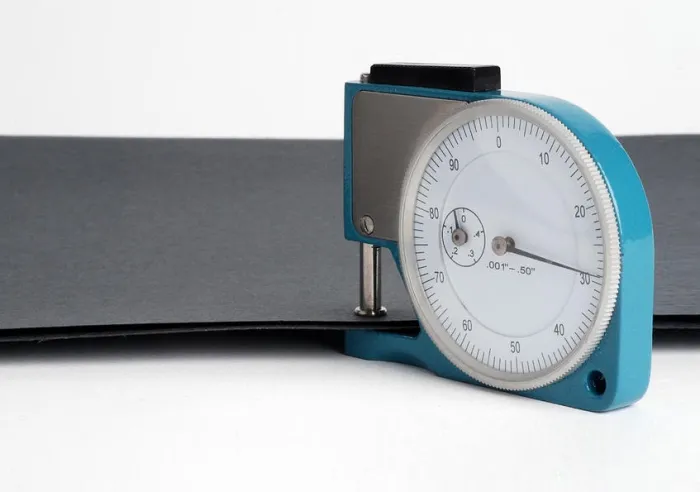
estimated reading time: 3 minutes
What is Paper Caliper?
When referring to the specifications of a paper stock, the thickness
of a single sheet is known as the paper's "Caliper."
In the United States, and other countries that use the
Imperial measurement system, a paper's caliper is typically expressed in
thousandths of an inch. For example, common 20# Bond paper has an average
caliper of .004", which is 4/1000ths of an inch.
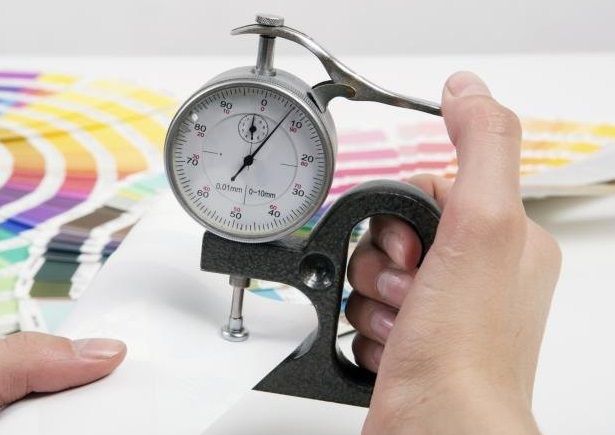
Points, Mils, and Microns
Each thousandth of an inch increment is referred to
as a "point." Hence, a thickness of .001" equals 1 point, a thickness of .002" equals
2 points, and so on. Since 20# Bond has a caliper of .004", its thickness could
be stated as being 4 points (commonly written as 4pt).
In addition to being known as a "point", every .001" in thickness is also sometimes
called a "mil." Thus, one point equals one mil, and both refer to a measurement
of .001". By the way, the term "mil" has nothing to do with a metric
millimeter. The reference to "mil" originated from the French word "mille", which
means 1,000.
Countries that use the Metric system express miniscule
measurements, like a paper's caliper, in fractions of a millimeter or in microns. A micron is one one-thousandth
of a millimeter and a millimeter is one one-thousandth of a meter. This means
that one micron is one one-millionth of a meter.
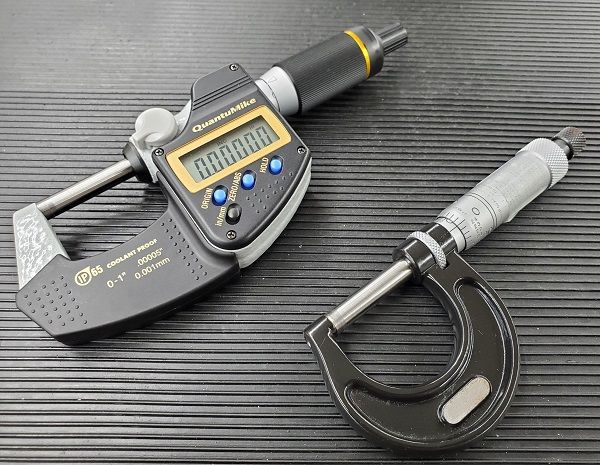
What Devices are used to measure a Paper's Caliper?
A standard
ruler or tape measure obviously isn't capable of measuring to the thousandth of an inch or in microns. Therefore, a precision measuring device - such as a
micrometer or thickness gauge - is required to obtain an accurate measurement.
Micrometers are available in either the traditional analog
style or with a digital readout. Similarly, thickness gauges will either have a
mechanical dial or a digital display.
A sampling of sheets can be measured individually, or a bundle
of sheets can be measured together. Of course, if a bundle is measured, the
result will need to be divided by the number of sheets in the bundle to get the
average thickness of each sheet.
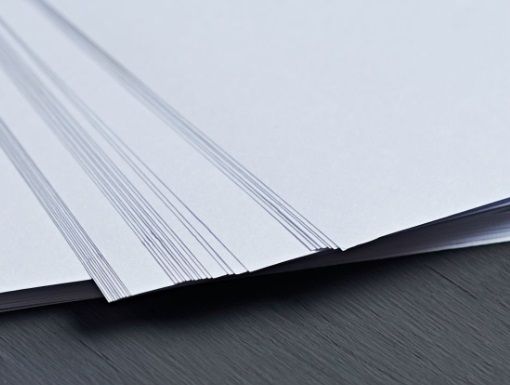
Why is the Caliper of Paper important?
There are many different calipers of paper from which to choose. This is because different printing applications call for different thicknesses of paper.
For example, a direct-mail postcard needs to be thick and sturdy because
it won't have an outer envelope to protect it during transit. On the other
hand, letterhead will travel within an envelope so it can be made from a
lighter text weight paper.
A bound book is another example. The inside pages must be thin and supple enough to turn easily. However, the outside cover often requires a
degree of thickness and rigidity to add durability to the book.
Additionally, promotional materials produced in bulk usually
have a moderate paper thickness. This helps strike a balance between providing high-quality
print literature and minimizing the production cost.
Color Vision is here to help!
The caliper of a paper stock provides a fundamental basis for
determining which paper to use for a certain application. If you need help
figuring out the best paper thickness to use for a particular project, get in touch
with Color Vision and we will be happy to help.
Just give us a call at 800-543-6299 to discuss your project.
Or, if you are looking to get a price quote, use our simple Quote Request form to
send us your specifications and we will email a quote to you.
Whatever your printing needs may be, we look
forward to assisting you!
Related Articles
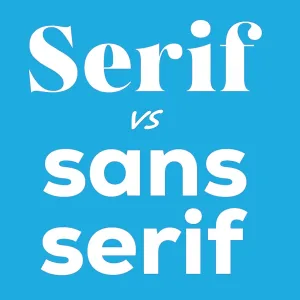
Serif vs Sans Serif Fonts: Which to use for a Print Project?
Read This Article

Raster vs Vector Images: The Key Differences Explained
Read This Article
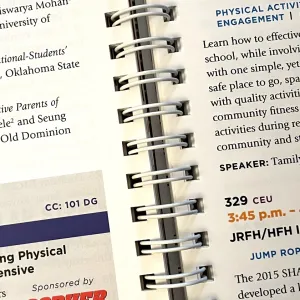
Custom Book Printing: What is Wire-O Binding?
Read This Article

Commercial Printing: What does “Halftone” mean?
Read This Article